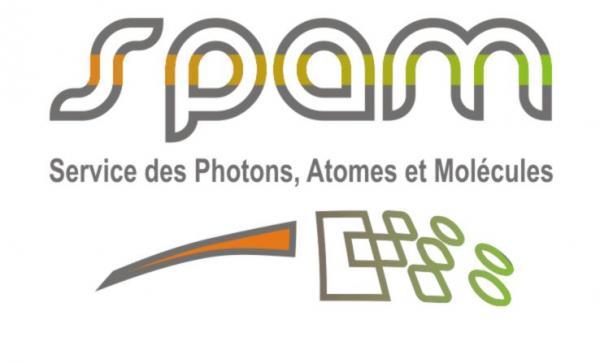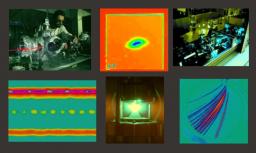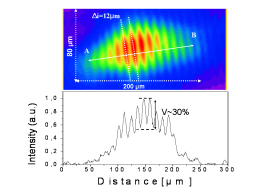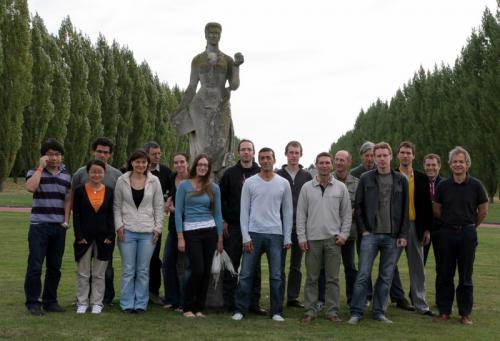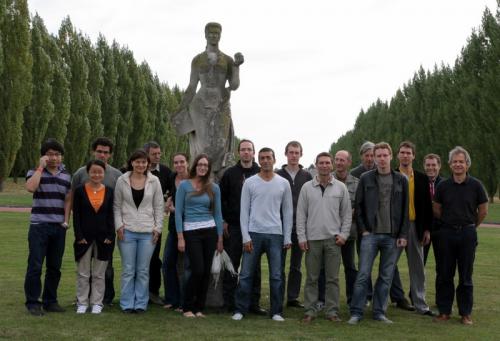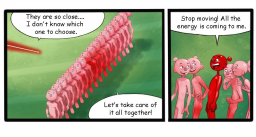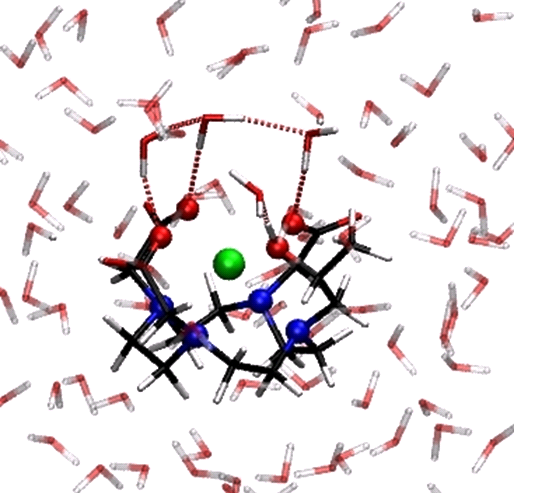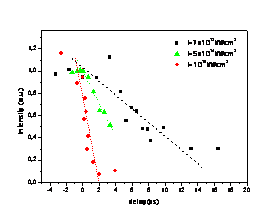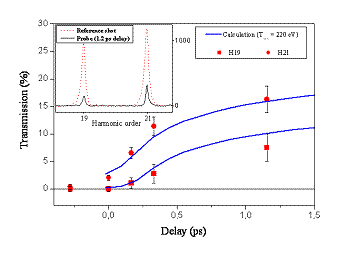Le SPAM est un Laboratoire de Recherche au sein de l'Iramis (Institut Rayonnement Matière de Saclay) rattaché à la Direction des Sciences de la Matière du CEA, dédié à la recherche fondamentale dans le domaine de l’interaction photons-matière et s’ouvrant également sur de nombreuses applications.
Le SPAM est membre du RTRA « Triangle de la Physique », du LABEX PALM et de l’IDEX Paris-Saclay. Le SPAM accueille une plateforme laser femtoseconde (SLIC) membre du réseau Européen LASERLAB et est impliqué dans 2 EQUIPEX : CILEX et ATTOLAB.
Les différents thèmes de recherche développés dans ses laboratoires sont présentés ci-après.
 |
 |
 |
|
Etude de la Matière sous Conditions Extrêmes |
Etudes sur les 'Serveurs Lasers Femto Seconde' |
Etude de la Dynamique Electronique Ultra-rapide en Champ Fort |
 |
 |
||
|
Etude de la Physico Chimie d'Edifices Moléculaires |
Matière à Haute Densité d'Energie Etude de la physique des plasmas denses. |









